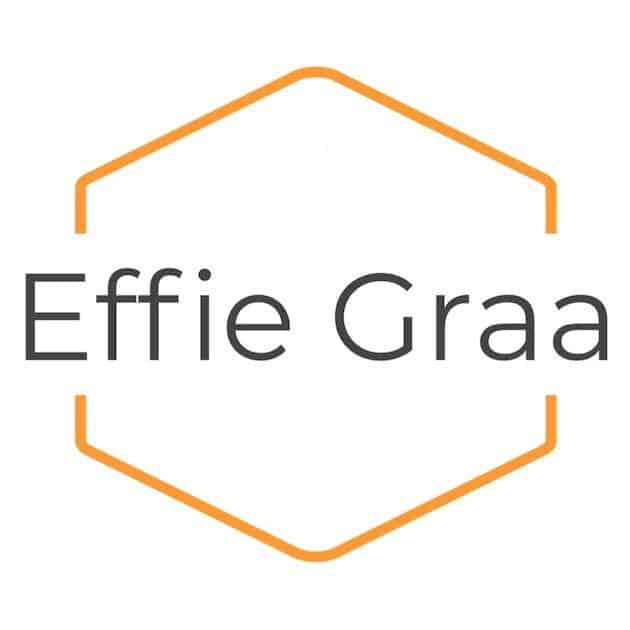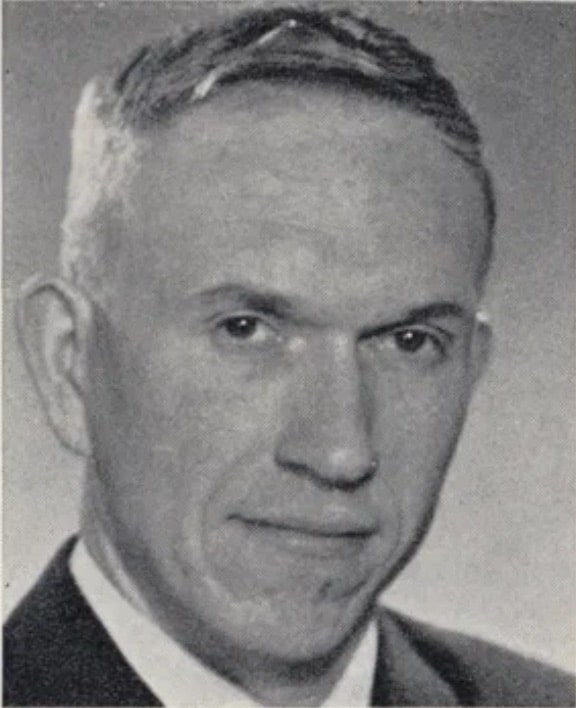
Bjørn Sigurd Østern (1938-2023)
A new look
In the early 1960s, the David-Andersen Company again needed a new dynamic designer to modernize the company image and update the production lines along with the recent development of taste. Bjørn Sigurd Østern was chosen, and he was to work with the company on a regular basis 1961-73 as well as from 1974 until 1985. Studying at the National College of Art and Design (NCAD) 1956-61, Østern had been awarded ‘Best Student’. He spent 1963 in the US on a scholarship from the diamond company ‘de Beers Consolidated Mines’ and he helt exhibitions in New York in 1964 and 1965. Østern, and Harry Sørby, who had been with David-Andersen sinse 1929, were the leading designers of the company in the sixties and seventies, contributing to a new and modern look that continued the company’s already strong tradition of Scandinavian Design.
The David-Andersen Trolls
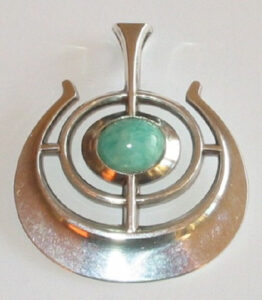
silver with Amazonite, 1964.
This was an era of new interest in jewelry with a particular focus on silver. At his best, Østern’s style is vigorous with personal qualities in daring colors and structures. When in 1964 D-A launched the Troll Series, Bjørn Sigurd Østern contributed together with five other designers working with the David-Andersen company or with the studio of Uni David-Andersen. One of Østern’s most well known pieces, a stylized boat shaped silver pendant named Bjørns Lykkebåt (Bjørns Ship of Good Fortune) was part of this series. With a Norwegian blue/green Amazonite or red/pink Thulite at it’s center, it points towards the typical Østern design from this period, featuring bold silver combining the Scandinavian Design of the 1950s with stones or monochrome enamel.
In 1966 Østern launched a new series of jewelry in silver, characterized by the use of enamel in bright colors and modern but also nostalgic forms inspired by ancient Nordic symbols. Although Østern was of the greatest importance for the jewelry design at David-Andersen, he also designed corpus pieces/silver hollow-ware. Sometimes sculpturous jewelry in a playful way borrowed their forms from the corpus production.
Killingmo years
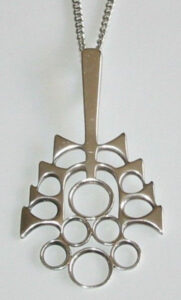 In 1973-74 Bjørn Sigurd Østern worked with the company of Per Killingmo, Oslo, where he designed some very characteristic pieces of kinetic jewelry, repetitively put together of smaller elements.
In 1973-74 Bjørn Sigurd Østern worked with the company of Per Killingmo, Oslo, where he designed some very characteristic pieces of kinetic jewelry, repetitively put together of smaller elements.
The Østern workshop
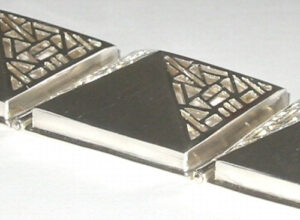 The style, being experimental and highly expressive, bridges the later small scale production of hand made jewelry from Østern’s own workshop, which he has run since 1960, using techniques demanding countless hours of patient work.
The style, being experimental and highly expressive, bridges the later small scale production of hand made jewelry from Østern’s own workshop, which he has run since 1960, using techniques demanding countless hours of patient work.
,
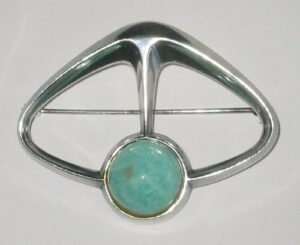
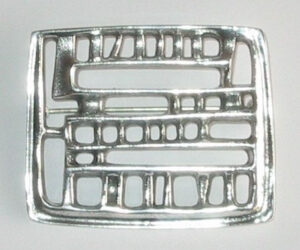
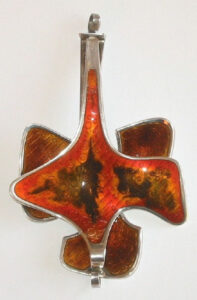
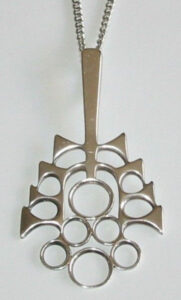
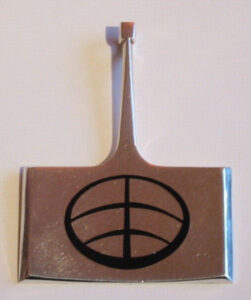
Table of Contents
Toggle